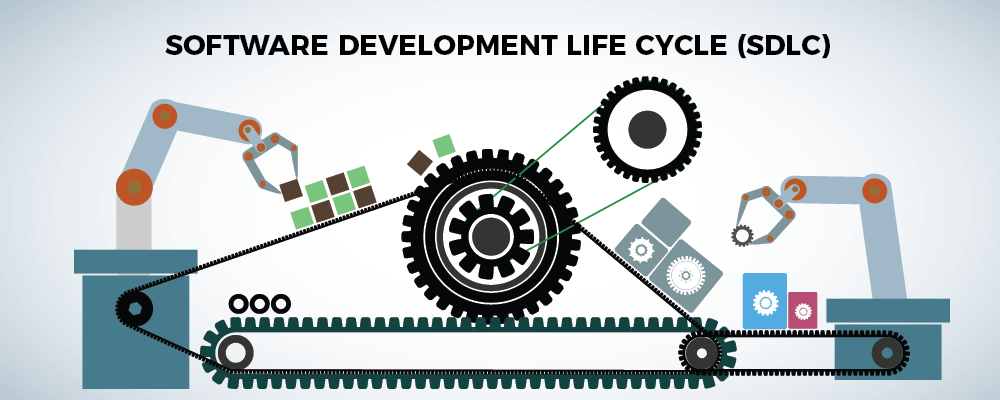If you have been working as a software professional in the industry for a day or a lifetime, then you probably know that the Software Development Life Cycle is part of the daily rituals.
Assuming that you don’t know anything about SDLC or software development life cycle, this article will fill you in on everything you need to get started. We talk about SDLC in general; what it is, how it works, and what are the phases that it goes through. In addition, we also look at a few software development lifecycle models that help to refine the overall workflow.
What is the Software Development Life Cycle?
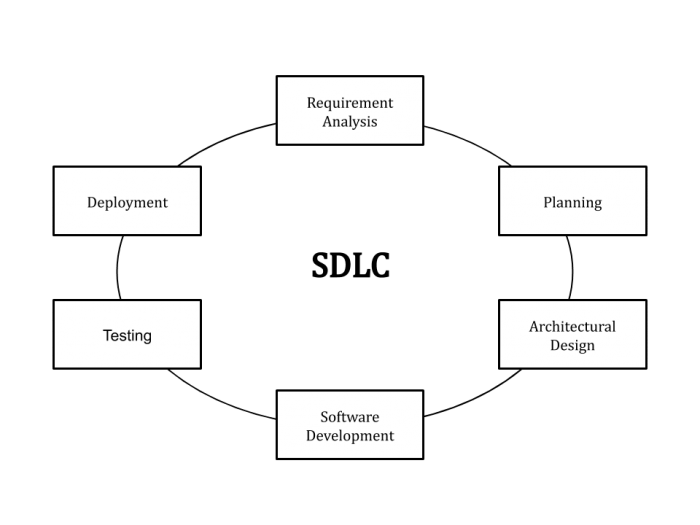
The Software Development Life cycle or SDLC is a thorough process to manufacture software that systematically ensures that the quality and the correctness of the software are according to the standards set by the company and the industry.
This life cycle aims to ensure that the software that is being manufactured in the industry is properly falling under the expectation bracket of the customer. One thing it ensures is that the development process of the software stays inside the already agreed-upon cost and time frame.
The software development life cycle is a compilation of ideas and plans that explain the whole process of planning, building, and maintaining software from initiation to completion. And it’s not a stagnant process either.
At every step of the way, various processes and deliverables need to be worked on, to make sure that the next phase of the lifecycle goes smoothly.
SDLC deliverables creation and distribution:
- Ensuring that all project team members and stakeholders are on the same page.
- As projects get more complex, serve as a reminder of specific goals.
- Insight into project risks and continuing performance should be provided to agency top management and other State officials.
- Encourage the use of methods that are repeatable and consistent.
Why use SDLC?
The following are a few of the reasons why SDLC is important to produce software.
- It offers a basis for project planning, scheduling, and estimating
- It is a mechanism for project tracking and control
- Increased and enhanced development speed
- Helps you to decrease project risk and project management plan overhead
- Provides a framework for a standard set of activities and deliverables
- Increases visibility of project planning to all involved stakeholders of the development process
- Improved client relations
What are the Phases included in the Software Development Lifecycle?
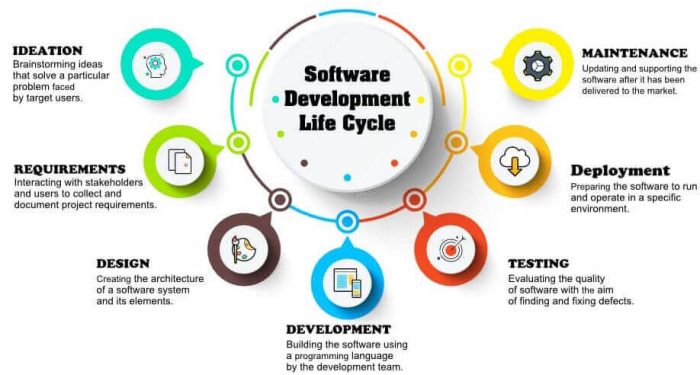
The whole lifecycle is divided into the following stages. They are:
- Requirement collection and analysis
- Design
- Testing
- Maintenance
- Feasibility study
- Coding
- Installation/ Deployment
Let’s dive into the details of these phases and find out how the software development lifecycle works.
1. Requirements Collections and Analysis
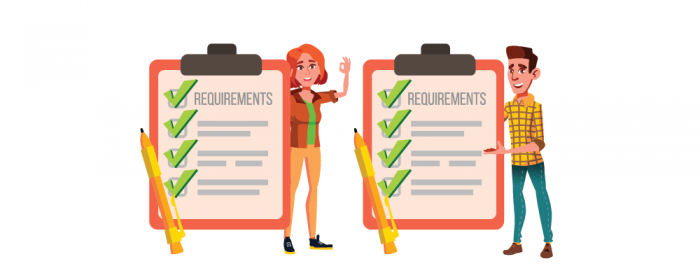
This is the first stage of the Software development life cycle which is executed by the most senior members of the development team. This execution is based on the inputs submitted by all of the domain experts and stakeholders connected to the industry.
One other important thing that is performed in this stage is the planning for the recognition of any potential risks and scope creeps, and the quality assurance requirements for the software in question.
This stage is important also because it makes the following entities connected to the project, quite clear. They are:
- Project Scope
- Anticipated Opportunities
- Anticipated Issues
- Anticipated Directives
Learn the complete process of project scope, here:
What is Project Management, Your Ultimate Guide to learning the Art
2. Feasibility Study
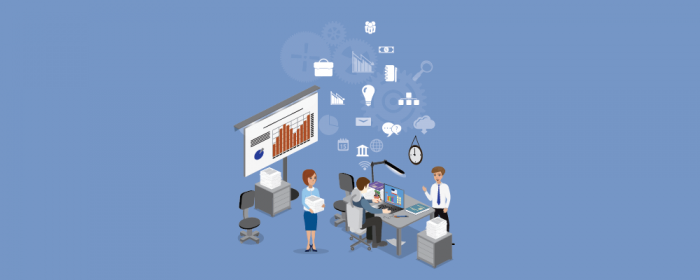
Once the initial phase is over where we look over the requirements and how the software is going to be planned, we move on to the next step where all of the software needs and requirements are put onto paper and properly documented.
This document that is compiled in this step is done so with the help of the Software Requirement Specification document. It is known as the SRS document. This document includes every information that is to know about the development process and how everything is going to be designed and developed within the project development lifecycle.
Mainly there are 5 different feasibility checks that every project goes through.
- Economic: Can this project be completed on the budget that the whole upper management and the stakeholders signed off on?
- Schedule: Decide whether the project can be completed within the given schedule or not
- Legal: Can this project pass the cyber law requirements and other regulatory compliances?
- Technical: Need to check whether the current computer system can support the software
- Operation feasibility: Can we create operations that are expected by the client?
3. Design
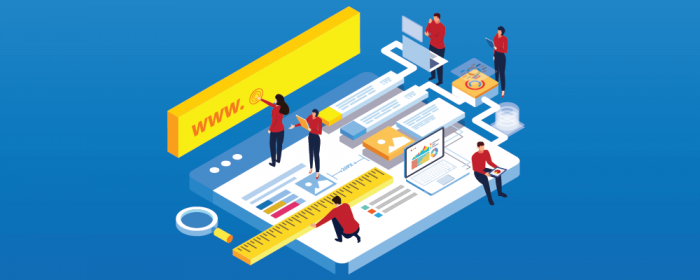
In the next stage of the software development life cycle, all of the software design and system documents are created on the specifications and requirements provided in the requirement specification document.
What this does is that it enables the team to easily define every nook and cranny of the system architecture.
Traditionally, there are two different types of design documents that are created in this phase of the software development life cycle. They are:
High-Level Design (HLD)
- Brief description and name of each module
- Interface relationship and dependencies between modules
- Complete architecture diagrams along with technology details
- An outline of the functionality of every module
- Database tables identified along with their key elements
Low-Level Design (LLD)
- Functional logic of the modules
- Complete detail of the interface
- Listing of error messages
- Database tables, which include type and size
- Addresses all types of dependency issues
- Complete input and outputs for every module
4. Coding
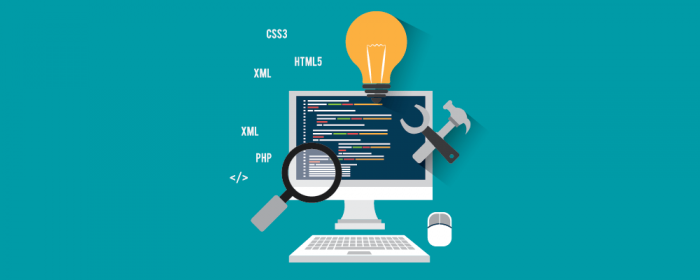
Once the critical design phase is complete, the team members now direct their focus to one of the most important stages of the software development life cycle and that is coding.
In this phase, all of the developers roll their sleeves up and bunker down to code the entire system using the pre-selected programming language by the planning team.
The task allocation is performed in this stage which lets all of the team members and the developers know what their goals and milestones are regarding this project. This is basically the longest phase of the SDLC.
5. Testing
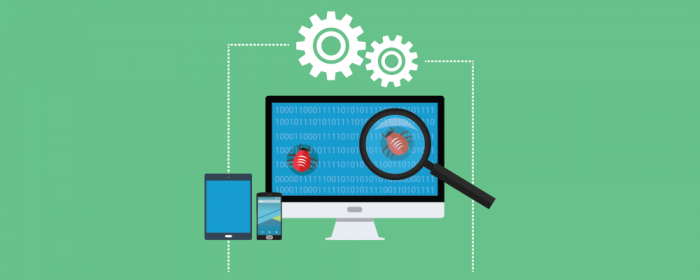
When the coding is complete and the software has been completed, it is passed over to the realm of testing. This is where the testers test each nook and cranny of the software until they find issues and errors that are hindering a seamless execution of the software.
This testing is performed, to verify that the entire application is working without any hiccups according to the requirements provided to the team by the customer.
In this stage of the SDLC, the testing team finds all of the issues and errors that are putting obstacles to the seamless execution of the software and when they find them, these errors or issues are communicated to the developers.
These developers fix these issues and send the software back to the tester to run a re-test. This process goes back and forth until finally, the software is free of any issues that hinder its successful execution according to the criteria set by the customer.
6. Installation
Once the coding and testing of the software have been completed by the respective teams and departments, we move on to the final deployment process. The software in this deployment step is free of any bugs or issues and is finally released, based on the valuable feedback the team receives from the project manager.
7. Maintenance
Once the system has been successfully installed or deployed according to the feedback given by the project manager of the whole shebang, the customers start using the software that has been carefully and expertly crafted by the team members.
When that happens, the following three activities follow suit. They are as follows:
- Bug fixing – bugs are reported because of some scenarios which are not tested at all
- Enhancement – Adding some new features to the existing software
- Upgrade – Upgrading the application to the newer versions of the Software
What Are the Most Popular Models of the Software Development Life Cycle?
The following models are the ones that make up the whole SDLC. They are:
1. Waterfall Model
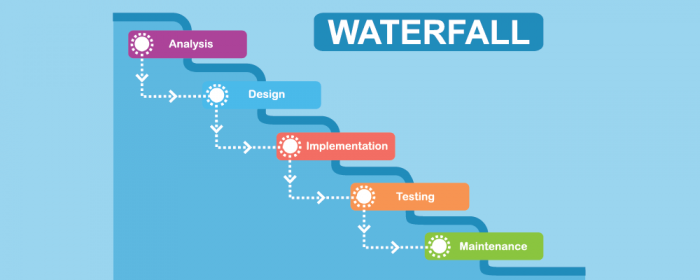
One of the most important models of the software development life cycle that is widely accepted across the board is the waterfall model. In this model, the whole bigger chunk of the software development process is broken down into tiny phases that the team needs to accomplish.
In this model, the outcome of the previous phase acts as an input for the next phase in the roster. One other thing to remember is that the waterfall model is very intensive when it comes to documentation. This means that the team has to document every phase as it comes along.
2. V-Model
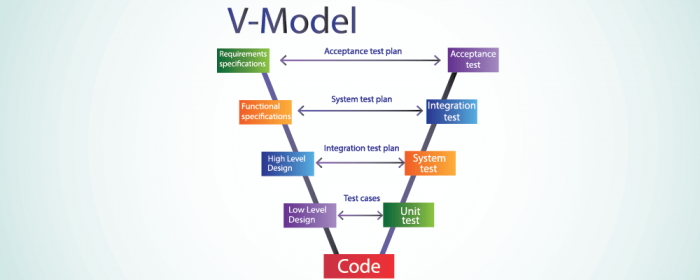
The next important model in the software development life cycle is the V-model. In this model, the phases are planned in parallel. This means that all the verifications that are needed and the validations that are necessary for the project are conducted on either the opposite side.
3. Agile Model
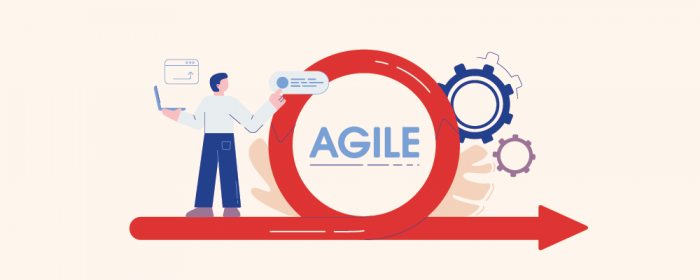
The Agile methodology is not only important but also comes with numerous benefits when it comes to software development or even when it comes to the project management paradigm as a whole. This methodology is a vital process that enables the interaction of two especially important phases of the SDLC process, which are testing and development.
In the Agile course of action, the whole big chunk of the project development process is divided into smaller builds that the team members can perform. These builds are performed in small iterations that are called sprints. These sprints can last from 1 to 3 weeks depending on the size of the team and the development process.
4. Spiral Model
The Spiral model of the software development life cycle is a risk-driven one. This helps all the team members to adopt one or more process models included in the software development life cycle’s arsenal like the waterfall, Agile, or V-model, etc.
This strategy enables the team members to use all of the best features of every one of those models and use them to their advantage in the process of software development.
4 Phases of the Project Management Life Cycle
There are 4 different phases in which the whole project management life cycle is completed. They are:
- Initiation
- Planning
- Execution
- Closure
Let’s take a look at all of them in detail and find out how they contribute to the overall software project development life cycle.
1. Initiation
One thing that you have to always do regardless of the product that you are trying to develop is to make sure that you have identified a business need or a problem that needs to be solved using your product.
During this phase, you need to figure out a specific objective for your project and also do an extensive feasibility study on whether or not you should be spending your money on this project or maybe you should try something else.
2. Planning
The next step comes after your project is approved by the right people or the right stakeholders for the project. And when they have done that, you need to plan out the whole project development process from scratch or with some help from any previous projects.
During this phase, you scope out the budget, the team, and also a schedule for your project so that everything can be done according to the plan that you will create for the project and nothing gets delayed.
3. Execution
Next on the list is Execution. In this step, the project development process is worked on and all of the tasks and processes related to the project are performed by the relevant people.
All of the plans and schedules that you set for the project development process are monitored here and you get the finished product from your project development team.
If you think that you need project management software that will help you keep track of all of those tasks and processes, then you should try out nTask.
4. Closure
The last step in this process is Closure. In this stage, you need to close down the project development process, clear your dues and keep your software under observation.
This observation helps you to make sure that the software build is stable and complete, and that you have a finished product at hand. In this phase, you also get to know what worked for this project and what didn’t, which will help you to develop more stable builds like this in the future.
Conclusion
Based on everything we have talked about in the software development lifecycle, some of the key highlights could be summed up as appended below. Bear in mind that SDLC is an ever-evolving phenomenon due to changing technology and industry needs. Feel free to improvise as a project manager – or a program manager for that matter.
- The SDLC is a systematic process for building software that ensures the quality and correctness of the software built
- SDLC process provides a framework for a standard set of activities and deliverables
- The senior team members conduct the requirement analysis phase
- In the Design phase, the system and software design documents are prepared as per the requirement specification document
- Testing is the next phase which is conducted to verify that the entire application works according to the customer’s requirement.
- Bug fixing, upgrade, and engagement actions covered in the maintenance face
- SDLC consists of a detailed plan which explains how to plan, build, and maintain specific software
- The full form SDLC is Software Development Lifecycle
- Seven different SDLC stages are 1) Requirement collection and analysis 2) Feasibility study: 3) Design 4) Coding 5) Testing: 6) Installation/Deployment and 7) Maintenance
- The feasibility Study stage includes everything which should be designed and developed during the project life cycle
- In the coding phase, developers start to build the entire system by writing code using the chosen programming language
- Installation and deployment face begins when the software testing phase is over, and no bugs or errors are left in the system
- Waterfall, Incremental, Agile, V model, Spiral, and Big Bang are some of the popular SDLC models
SDLC FAQ’s
1. What are 5 SDLC variables by phase?
To successfully construct and maintain applications, the SDLC process comprises planning, designing, programming, testing, and deploying, as well as continuing maintenance.
2. What SDLC deliverables are produced during the planning, analysis, design, and implementation phases?
The project proposal is the planning phase’s product; the list of new system requirements is the analysis phase’s deliverable; and the logical design, which provides an overall picture of how the system will work, is the design phase’s deliverable.
3. What SDLC deliverables are there for the maintenance phase?
Once the product is completely operational, the SDLC maintenance phase begins. If the program breaks, software maintenance may include updates, fixes, and patches.

